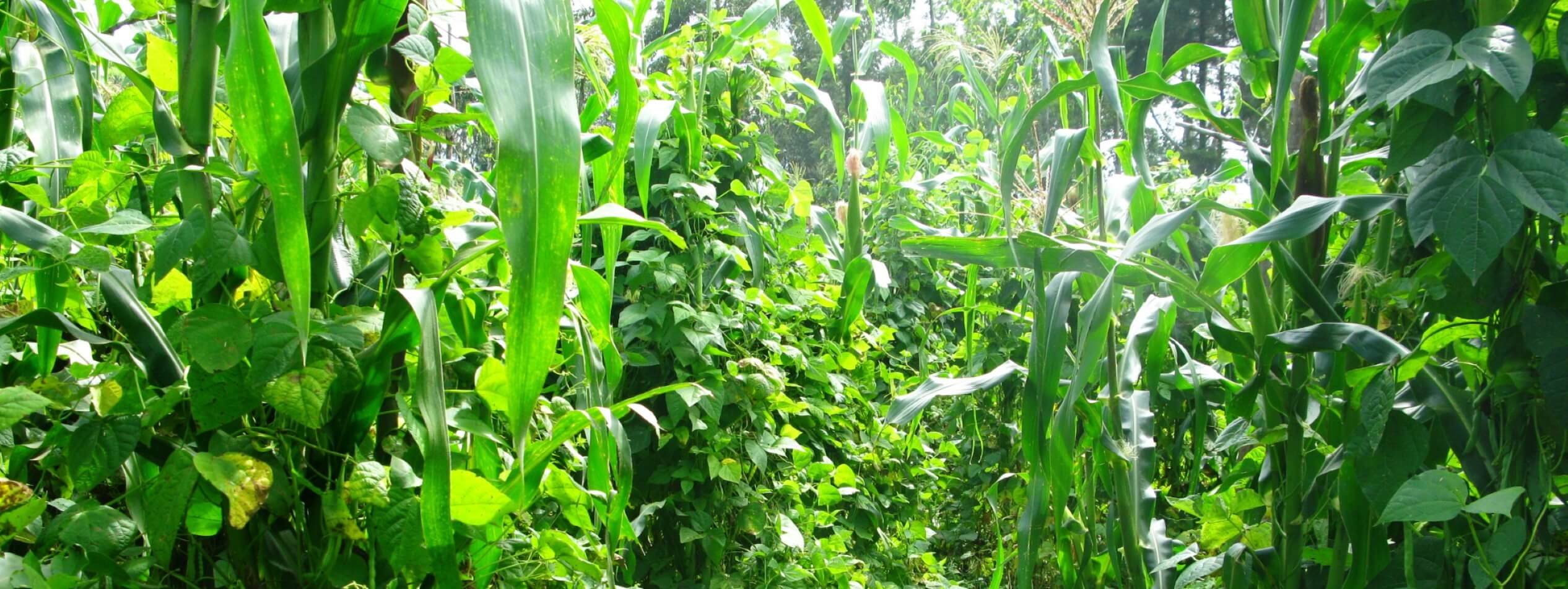Sustainability is a big concept. It is almost impossible to wrap your head around. None of us know exactly what will affect a business five years from now, let alone one-hundred years from now. For something to be truly sustainable, it needs to be able to survive and adapt to any impact (positive or negative) for an indefinite period.
Resilience
I have come to realise that the farms which are best positioned for this kind of long-term sustainability are the ones that are resilient. Resilience is: “the capacity to recover quickly from difficulties”1. When challenges occur, resilient farms (and the farmers who run them) are positioned to endure, and then once conditions improve, they thrive. There are two dynamics that I believe are key to this resilience: adaptability and diversity.
There are two dynamics that I believe are key to this resilience: adaptability and diversity.
Adaptability
I have found that adaptable farmers are much more resilient than those who are set in their ways. There is constant change in an agricultural context – prices fluctuate, the climate changes, weather is inconsistent, new technologies develop, best-practices are continually changing with new information and research.
Farmers who can process all this change, and adapt their businesses accordingly are the most successful. It is not about flip-flopping with the latest and greatest trend, but rather using the available information to make good decisions. These good decisions include a willingness to make changes when necessary.
Diversity
We learn from nature that diversity produces resilience. Whatever the conditions are, something in nature is able take advantage of those conditions to grow. In farming, conventional monoculture cropping systems are fragile. A single weather event, or a pest infestation can destroy an entire year’s crop. Monoculture crops are already more susceptible to pest infestations in the first place. This is not resilient at all.
So the question arises, how do you build diversity into your farm? There are multiple ways of incorporating diversity, some simple and some more complex. The simplest way is to grow a variety of crops or to plant multi-species pastures. One of the more complex ways is to create more than one revenue stream from the same land. This is also known as stacking enterprises.
An example of stacking enterprises is what they do at Boschendal:
Stacking enterprises
Dr Jonathan Lundgren2 speaks about three main ways to stack enterprises on a podcast I listened to recently, and I will add a fourth:
- Intercropping – two or more crops in the same place at the same time, e.g. planting beans with maize.
- Diversifying types of crops – including perennial crops with seasonal cash crops, e.g. plant strips of perennials within annual cropping systems, or plant orchards in-between crop lands.
- Integrating livestock – bringing livestock into cropping systems, e.g. if a crop fails, you can still get meat sales
- Layering livestock – adding a variety of livestock to traditional single-livestock systems, e.g. having chickens which follow cattle on pastures
Look for the opportunity
These are four broad ideas of how to think about stacking enterprises. Stacking enterprises not only adds an extra stream of revenue but in most cases can reduce or eliminate certain expenses. The same opportunity will not be for everyone, but it is up to every farmer to evaluate the possibilities on their farm. Stacking requires a significant mind shift from the traditional approach to commercial agriculture which requires farmers to be ultra-efficient in a specialised produce.
There is no prescribed approach to be a successful farmer, which is what makes agriculture extremely challenging, but also exciting to be part of. In an ever-changing, unpredictable future, making farm systems less fragile is a good strategy. Stacking is one of the ways of doing this. What opportunities do you have to add revenue streams on your farm?
Sources
- https://www.lexico.com/en/definition/resilience – Accessed 15 April 2020
- Jonathan Lundgren On No-Till and the regenerative Ag movement. No-till farmer podcast. 20 December 2019.
- A carbon footprint assessment for pasture-based dairy farming systems in South Africa - 2024-02-07
- What progress have farms participating with Trace & Save made over the past 10 years? - 2023-09-06
- Carbon footprint reduction over time: Lessons from pasture-based dairy farms in South Africa - 2023-09-04

